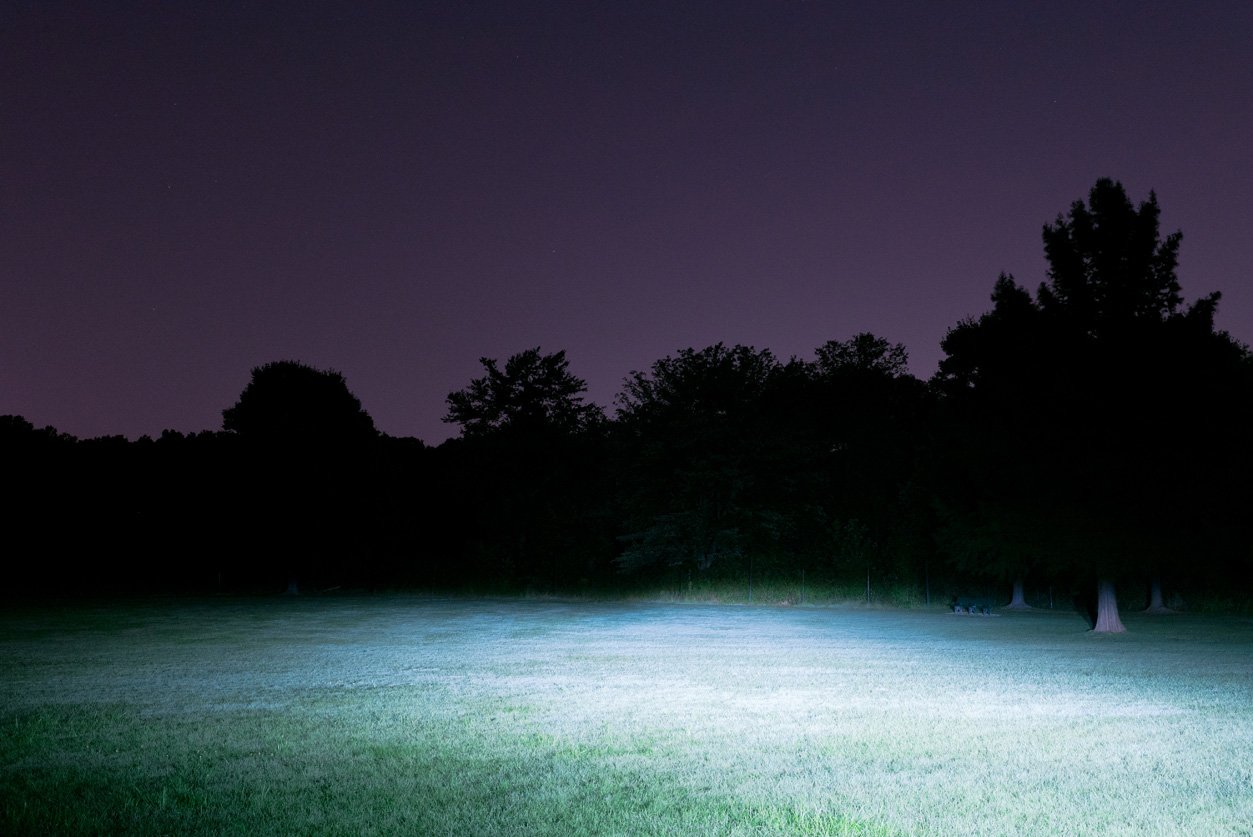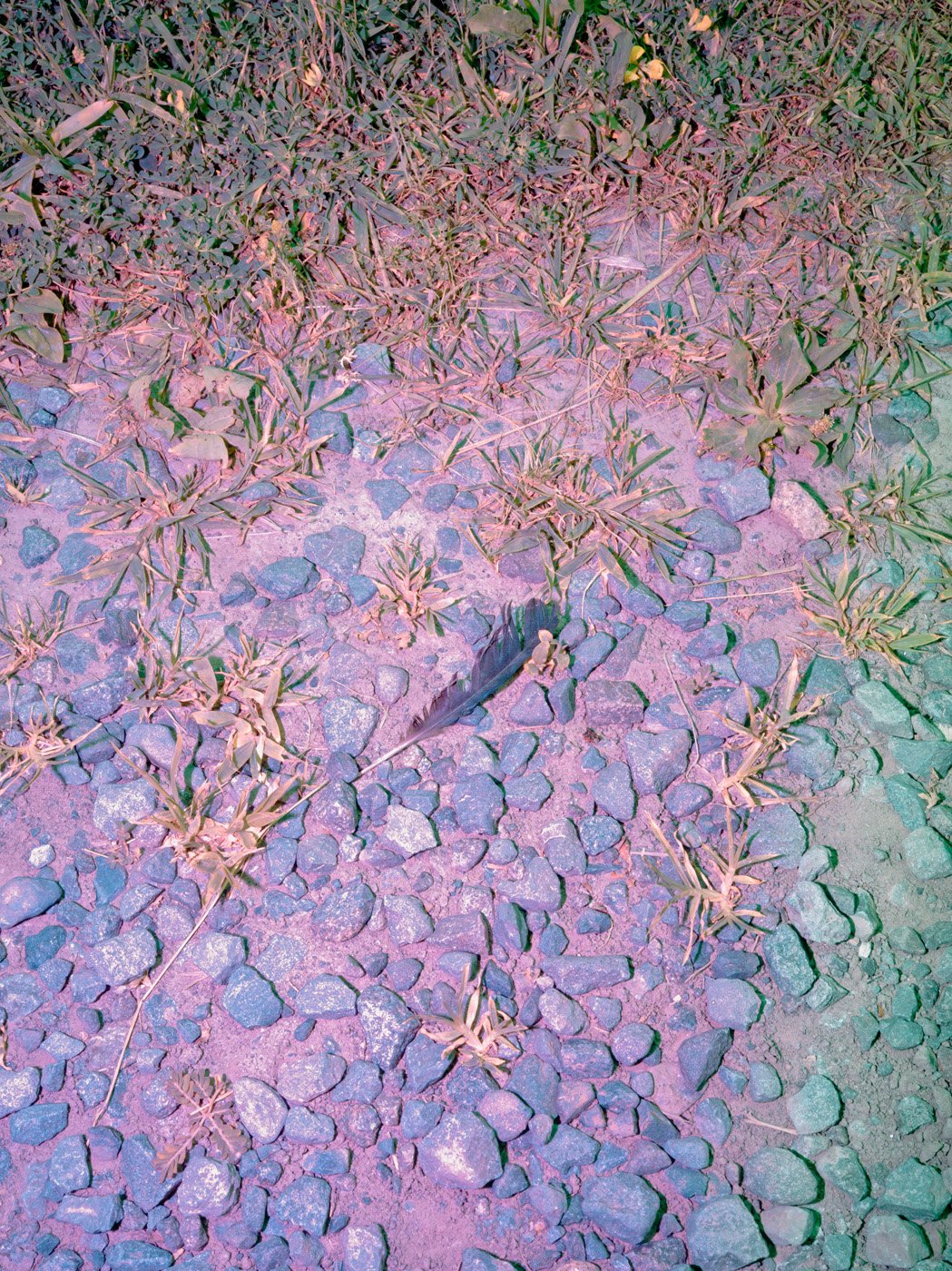JULIEN HRYSHKO
Area Beyond This Sign Closed
Montclair, New Jersey • jhphotographysite.squarespace.com





-
New Jersey is an odd place, a land of dualities. Its shoe-laced overpasses tie the state together as ecosystems supporting hundreds of migratory species lay a stone’s throw from the nearest parkway exit. The Great Swamp National Wildlife Refuge, located less than 30 miles west of Manhattan, is a microcosm of such dualities. In the mid-1900s, the land on which the swamp is situated was almost forgotten under a planned 10,000-acre jetport, which could have seen pipelines run from the nearby Port of Newark to the proposed jetport. Local groups pushed to save the land and in 1966 the National Parks Service designated the swamp as a National Landmark, a smaller piece of which, in 1968, was elevated to the status of the first wilderness area under the Department of the Interior. Given the history of the swamp, and its preservation during the economic growth of the 1960s, it seems unnatural that this marshy plot of land in New Jersey would survive the economic promise of such a development. The swamp disrupted what could have been, paved paradise for jet-fueled metal birds. This relationship is explored through the trope of an American landscape that is disrupted by technology and machinery. However, here the trope is turned on its head, where through the contextual history of the refuge’s origins, the swamp is the entity disrupting the anthropogenic sprawl inhabiting the surrounding landscape.
